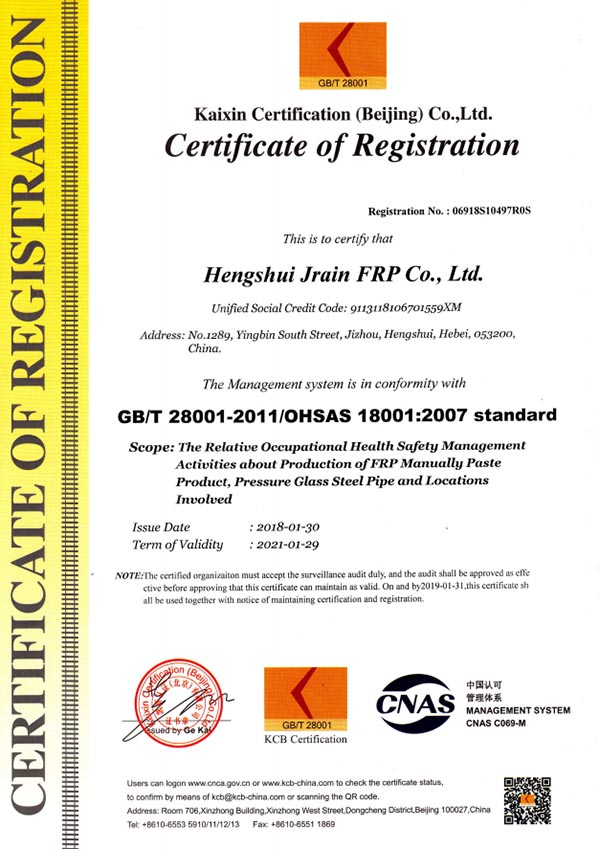
-
 Afrikaans
Afrikaans -
 Albanian
Albanian -
 Amharic
Amharic -
 Arabic
Arabic -
 Armenian
Armenian -
 Azerbaijani
Azerbaijani -
 Basque
Basque -
 Belarusian
Belarusian -
 Bengali
Bengali -
 Bosnian
Bosnian -
 Bulgarian
Bulgarian -
 Catalan
Catalan -
 Cebuano
Cebuano -
 China
China -
 China (Taiwan)
China (Taiwan) -
 Corsican
Corsican -
 Croatian
Croatian -
 Czech
Czech -
 Danish
Danish -
 Dutch
Dutch -
 English
English -
 Esperanto
Esperanto -
 Estonian
Estonian -
 Finnish
Finnish -
 French
French -
 Frisian
Frisian -
 Galician
Galician -
 Georgian
Georgian -
 German
German -
 Greek
Greek -
 Gujarati
Gujarati -
 Haitian Creole
Haitian Creole -
 hausa
hausa -
 hawaiian
hawaiian -
 Hebrew
Hebrew -
 Hindi
Hindi -
 Miao
Miao -
 Hungarian
Hungarian -
 Icelandic
Icelandic -
 igbo
igbo -
 Indonesian
Indonesian -
 irish
irish -
 Italian
Italian -
 Japanese
Japanese -
 Javanese
Javanese -
 Kannada
Kannada -
 kazakh
kazakh -
 Khmer
Khmer -
 Rwandese
Rwandese -
 Korean
Korean -
 Kurdish
Kurdish -
 Kyrgyz
Kyrgyz -
 Lao
Lao -
 Latin
Latin -
 Latvian
Latvian -
 Lithuanian
Lithuanian -
 Luxembourgish
Luxembourgish -
 Macedonian
Macedonian -
 Malgashi
Malgashi -
 Malay
Malay -
 Malayalam
Malayalam -
 Maltese
Maltese -
 Maori
Maori -
 Marathi
Marathi -
 Mongolian
Mongolian -
 Myanmar
Myanmar -
 Nepali
Nepali -
 Norwegian
Norwegian -
 Norwegian
Norwegian -
 Occitan
Occitan -
 Pashto
Pashto -
 Persian
Persian -
 Polish
Polish -
 Portuguese
Portuguese -
 Punjabi
Punjabi -
 Romanian
Romanian -
 Russian
Russian -
 Samoan
Samoan -
 Scottish Gaelic
Scottish Gaelic -
 Serbian
Serbian -
 Sesotho
Sesotho -
 Shona
Shona -
 Sindhi
Sindhi -
 Sinhala
Sinhala -
 Slovak
Slovak -
 Slovenian
Slovenian -
 Somali
Somali -
 Spanish
Spanish -
 Sundanese
Sundanese -
 Swahili
Swahili -
 Swedish
Swedish -
 Tagalog
Tagalog -
 Tajik
Tajik -
 Tamil
Tamil -
 Tatar
Tatar -
 Telugu
Telugu -
 Thai
Thai -
 Turkish
Turkish -
 Turkmen
Turkmen -
 Ukrainian
Ukrainian -
 Urdu
Urdu -
 Uighur
Uighur -
 Uzbek
Uzbek -
 Vietnamese
Vietnamese -
 Welsh
Welsh -
 Bantu
Bantu -
 Yiddish
Yiddish -
 Yoruba
Yoruba -
 Zulu
Zulu
grp settler
The Importance of GRP Settler in Environmental Management
The concept of GRP (Glass Reinforced Plastic) settlers is crucial in the realm of environmental management, particularly in the context of wastewater treatment and industrial processes. This article aims to shed light on the role of GRP settlers, their advantages, and how they contribute to sustainable environmental practices.
Understanding GRP Settlers
GRP settlers are innovative structures designed to separate solids from liquids in various applications, including water treatment plants, industrial processes, and even agricultural systems. These settlers utilize the lightweight yet durable properties of Glass Reinforced Plastic, which is known for its strength, corrosion resistance, and long lifespan. This makes GRP settlers an ideal choice for both outdoor and indoor applications, where they can effectively manage solid-liquid separation.
The Mechanism of GRP Settlers
The operational mechanism of GRP settlers is straightforward yet effective. When a mixture of solids and liquids is introduced into the settler, gravity plays a vital role in the separation process. The heavier solid particles settle at the bottom of the container, while the lighter liquid phase remains on top. This process not only helps in managing waste more efficiently but also minimizes the need for energy-intensive mechanical processes often used in traditional separation technologies.
Advantages of GRP Settlers
1. Corrosion Resistance One of the most significant advantages of GRP is its resistance to a wide range of chemicals. Unlike metal settlers, which can corrode and degrade over time, GRP settlers maintain their integrity even in harsh environments, leading to less frequent replacements and maintenance.
grp settler

2. Lightweight Design GRP settlers are considerably lighter than their metal counterparts. This characteristic not only makes them easier to transport and install but also reduces the structural load on the facilities they are integrated into.
3. Cost-Effectiveness Although the initial investment in GRP technology may be higher than traditional materials, the long-term savings in maintenance, replacement, and operational efficiency often outweigh the upfront costs.
4. Versatility GRP settlers are highly versatile and can be used in various applications, from municipal wastewater treatment to industrial effluent management. Their adaptability makes them a popular choice for engineers and environmental managers.
5. Sustainability By efficiently separating solids from liquids, GRP settlers contribute to the circular economy. The collected solids can often be processed further, while the treated liquid can be reused or safely discharged into the environment, reducing pollution and conserving resources.
The Future of GRP Settlers
As we move toward a more sustainable future, the demand for efficient and effective waste management systems is increasing. GRP settlers represent a significant advancement in this field, offering a robust and environmentally friendly solution for solid-liquid separation. With continual advancements in materials science and engineering, the development of even more efficient GRP technologies can be anticipated.
Conclusion
In conclusion, GRP settlers offer a unique blend of advantages that make them indispensable in modern environmental management. Their durability, corrosion resistance, and cost-effectiveness contribute significantly to sustainable practices across various industries. As the world increasingly prioritizes environmental conservation and efficient resource management, the role of GRP settlers is set to become even more prominent. Implementing these innovative structures can pave the way for a cleaner, greener future, aligning industrial processes with sustainable development goals.









